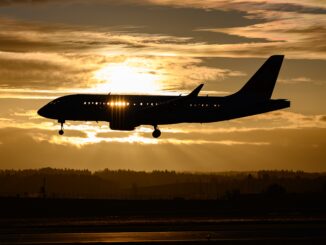
AirBnB
Risks of using Booking.com
Which?, a consumer advocacy group, has released an investigation highlighting significant security flaws in Booking.com, making it susceptible to fraud. The investigation reveals that Booking.com’s lax security measures, such as the lack of identity verification […]


